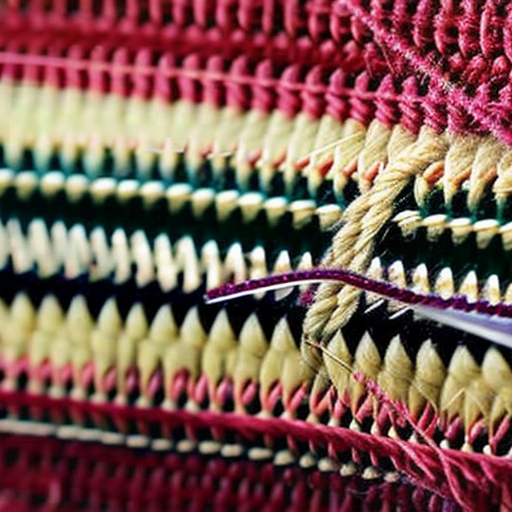Introduction
Sewing awl stitches are versatile and useful for a variety of sewing projects. Whether you’re repairing leather goods, securing fabric, or working on other heavy-duty materials, learning these stitches can enhance your sewing skills and allow you to create durable and professional-looking seams.
The Sewing Awl
Before diving into specific stitches, it’s important to understand the tool you’ll be using—the sewing awl. A sewing awl is a specialized handheld tool with a pointed needle at one end and a handle at the other. It allows you to make precise and consistent stitches, particularly in materials where a regular sewing machine may struggle.
Popular
1. Lockstitch
The lockstitch is one of the most common and effective stitches for sewing heavy materials like leather or canvas. It creates a strong, secure seam that won’t unravel easily. To create a lockstitch, follow these steps:
- Poke the awl through the fabric from the bottom, pulling it up.
- Make a loop with the thread around the awl.
- Pass the awl, along with the loop, back through the same hole.
- Pull the thread tight, securing the stitch.
- Repeat the process, creating a continuous row of lockstitches.
2. Whipstitch
The whipstitch is commonly used to join two pieces of fabric or leather. It produces a clean and durable seam that is also aesthetically pleasing. To whipstitch, follow these steps:
- Align the edges of the two pieces you want to join.
- Poke the awl through both pieces from one side.
- Bring the thread around the edge and insert the awl back through the same hole, completing the first stitch.
- Repeat the process along the entire length, creating a continuous series of whipstitches.
Tips for
- Choose the appropriate thread for your project. Nylon or polyester thread is recommended for sewing awl stitches due to their durability.
- Use a thimble to protect your fingers. Firmly pushing the awl through heavy materials can strain or hurt your fingertips, so a thimble provides extra support.
- Practice your stitches on scrap fabric before working on your actual project. This will help you gain confidence and improve your technique before tackling more complex tasks.
- Regularly lubricate your sewing awl to ensure smooth and effortless stitching. This prevents the thread from getting stuck and extends the life of your tool.
- Secure the starting and ending points of your stitches with a knot or a backstitch to prevent them from unraveling over time.
Conclusion
Sewing awl stitches are an invaluable skill for anyone working with heavy materials. By mastering the lockstitch, whipstitch, and other techniques, you can create strong, long-lasting seams that elevate the quality and durability of your sewing projects. Remember to practice, choose appropriate materials, and take care of your sewing awl for optimal results. Happy stitching!




